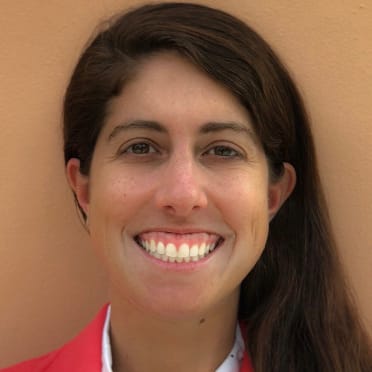Extra month allows Miami to digest Draft info
Around this time every year, organizations would be in the home stretch when it comes to preparation for the MLB Draft. High school stars would be graduating, and some collegiate student-athletes would be gearing up for NCAA tournament games.
But 2021 is different, as the 20-round Draft will take place from July 11-13 during All-Star festivities for the first time. With an extra month, the Marlins intend on executing a strategy that proved successful in '20, according to director of amateur scouting DJ Svihlik.
"One thing we learned last year was that we don't have to see players all the way to the end to make good decisions," Svihlik told MLB.com. "I was very excited about our process. I was really excited about our Draft board, and where that came from is the idea that we had to sit down and organize our thoughts and talk about players for a longer period of time, something that we historically have never done."
The Marlins wrapped up some meetings in mid-May, and they will use June to deep-dive into scouting reports. Svihlik said the department will break into groups and discuss different player types. The hope is by taking time to dissect the information, recency bias can be avoided and analysis can "simmer," per Svihlik.
This cycle of scouting began in the fall, but it picked up in January. With MLB loosening rules so clubs could do in-person player interviews and workouts, things are starting to get closer to normal. While Svihlik told national and regional scouts to stand down in June in order to be part of the decision-making process, area and grassroots scouts will continue. That doesn't mean there won't be attendance at a NCAA Regional or Super Regional.
"We've got a lot of information. We've been to a lot of games," Svihlik said. "Sometimes we in the scouting industry feel like we need go to game after game after game after game. You never take a chance to step back, look at the body of work, try to digest the information, and take the time to put it up on the board and say, 'OK, this is what we have. This is how we need to go through this process of ordering it,' and so on and so forth. So what we're going to try to do is take that extra month and go through a very similar process that we did last April and May."
In 2020, the Marlins selected pitchers with all six of their picks, including five from the college ranks. University of Minnesota right-hander Max Meyer was chosen third overall.
When the Draft is a week or two away, the Marlins will have a better idea of how they feel about the players. Scouting happens all the way to the very end, because information is always changing -- from signability to how clubs picking near the Marlins (Brewers and Reds) are leaning. Another element affecting scouting is a lost year of development. In college, players don't often make a big impact as freshmen. Juniors eligible this July had their first full season cut short by the COVID-19 pandemic. They also couldn't compete in summer leagues. These are all factors that will play into how the Draft unfolds.
Miami will have a Draft board of around 200-250 players, with 30-50 targets that the organization is hoping to choose from. The Marlins will pick 16th -- their lowest selection since 2010, when the club chose California prep star Christian Yelich (23rd overall).
"I think the overriding theme is the lack of separation between players," Svihlik said. "There are certain areas of the Draft that are deeper than others. There are certain parts of the Draft, certain player cohorts, that are much more difficult to get your hands around. I would say this: The high-end college-position players tend to be harder to come by this year, seems to be a little bit more high school-driven in the position-player market.
"I would say that the college-position-player market appears to be more geared toward the second half of the Draft, maybe into Day 2, right in there. Doesn't mean some good players won't go off the board on Day 1 as college-position players, but they're just not as deep as in years past. So it's very, very hard to separate the players. I can't articulate that enough that we're picking at No. 16 -- and the difference between player five or six on a board could be very similar to player 22 on the board. Could just be in the eye of the beholder, and that's how close the players are this year."
